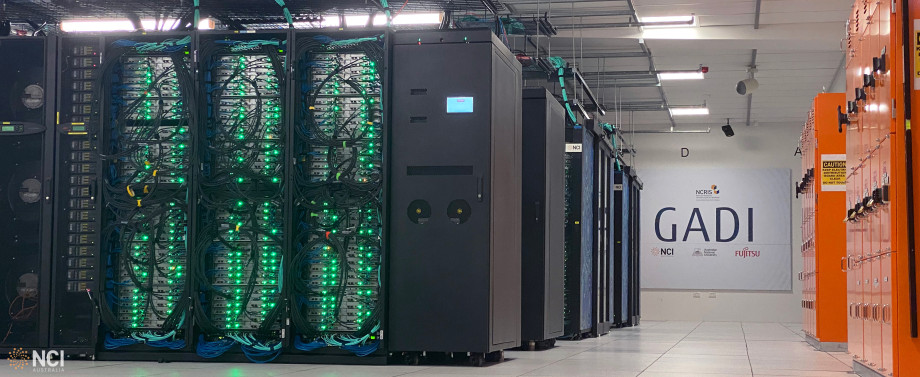Australian researchers can now access 1,440 world-class 4th Gen Intel® Xeon® Scalable processors (code-named Sapphire Rapids) as part of a major upgrade to the Gadi supercomputer at the National Computational Infrastructure (NCI). This is the first phase of a $40 million investment in NCI’s overall computing capacity, with additional graphics processing units and enhancements to the electrical supply laying the groundwork for future performance growth.
NCI is one of the first supercomputing facilities in the world to use these latest Xeon processors, which will provide an additional 600 million hours of computing per year to Australian researchers. The system will speed up research tasks and provide users with more access than ever before to one of the most powerful supercomputers in the country.
NCI Director Professor Sean Smith said, “This upgrade to the Gadi supercomputer brings the latest technologies to researchers, speeding up their work and enabling bigger and better scientific advancements. NCI is proud to be one of the first facilities in the world to make these processors available to scientists.”
“We are committed to advancing Australian high-performance computing, artificial intelligence and data science, enabling research in priority areas including cancer diagnosis, climate simulation and next-generation materials.”
This upgrade of 4th Gen Intel Xeon Scalable processors reinforces the world-class performance of the Gadi supercomputer, with a total of more than 250,000 processor cores capable of performing well over 10 million billion (10 quadrillion) calculations per second and connected to 100,000 Terabytes of high-performance research data storage.
Importantly, the new system, provided by Fujitsu with components from Lenovo, Intel and NVIDIA, delivers significantly improved energy efficiency over previous systems, with direct liquid cooling of both the processors and the power supplies covering the bulk of the system’s cooling needs.
The upgrade was co-funded by the Department of Education’s National Collaborative Research Infrastructure Strategy (NCRIS) and by the NCI Collaboration made up of The Australian National University, CSIRO, the Bureau of Meteorology, Geoscience Australia and the University of New South Wales, as well as more than 35 other universities and medical research institutes.
Key technical specifications for the system, which is fully integrated with the rest of the Gadi supercomputer, the Nirin research cloud and all of NCI’s storage filesystems, are:
- 74,880 CPU cores in 1,440 52-core 4th Gen Intel Xeon Scalable processors (code-named Sapphire Rapids)
- 720 compute nodes, each with two CPUs per node
- 369 Terabytes of memory
- NVIDIA 200 Gigabit/second Infiniband HDR interconnect
See a full gallery of images of Gadi's latest upgrade.
